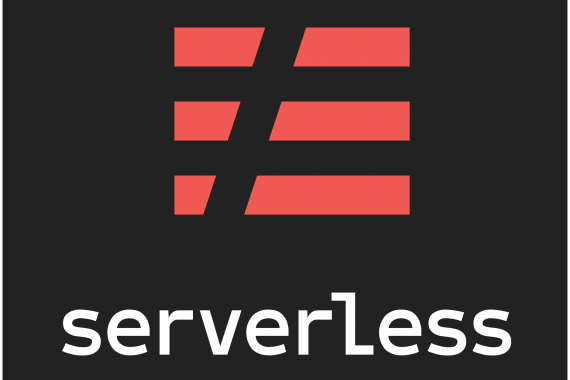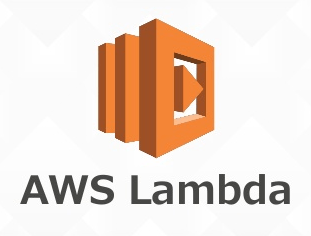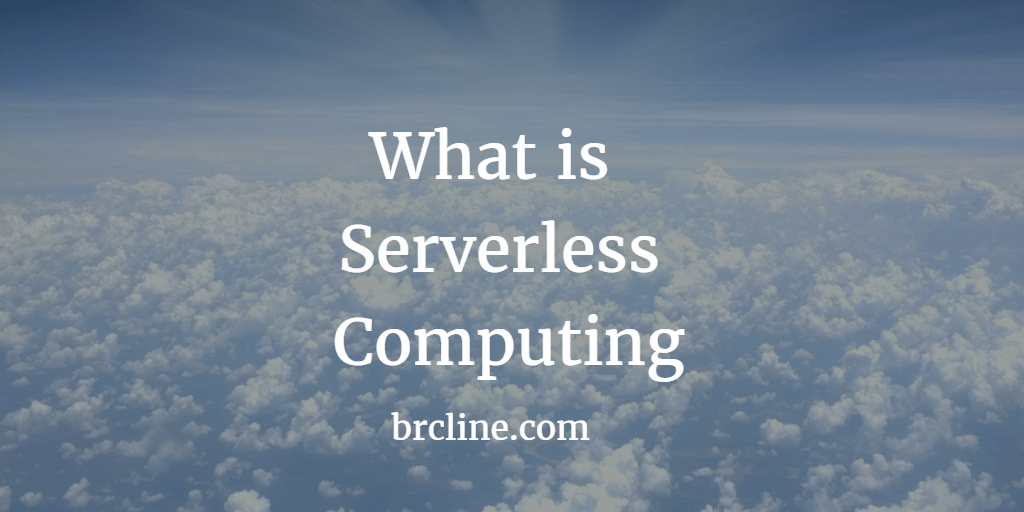In late 2014, AWS Lambda launched and has grown in widespread use since then. AWS lambda is a serverless computing technology which has been a game change for software development.
AWS Lambda is a service that makes it easy to build small scalable applications. Lambdas are small functions that are packaged up and sent to AWS. Using a framework like the serverless framework makes it fairly easy to work with and pretty efficient.
Lambda is event driven. It works by responding to events whether they be timed, API driven or responding to events within AWS. One of the most common examples of using lambda is to resize images that have been uploaded to an S3 bucket.
Lambda is stateless meaning that every time a function is triggered, it is a completely new environment.
There’s so many reasons to use AWS Lambda. It’s easy to get started with it, it’s massively flexible, it is very scalable and more. …
Read More







